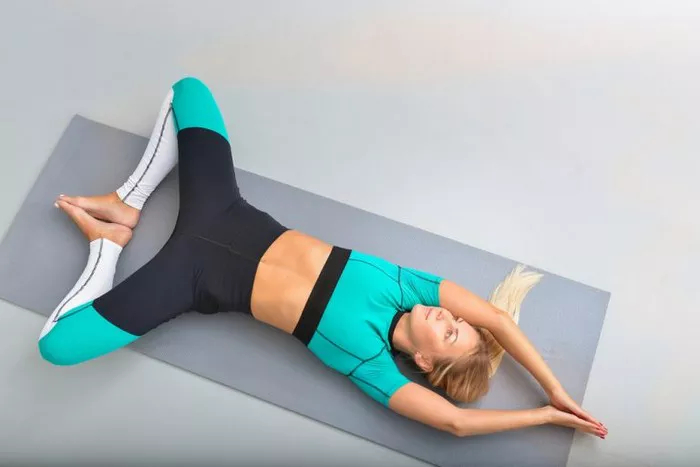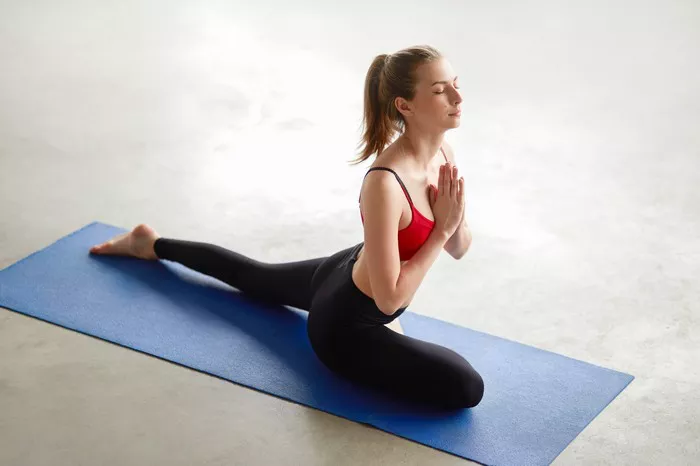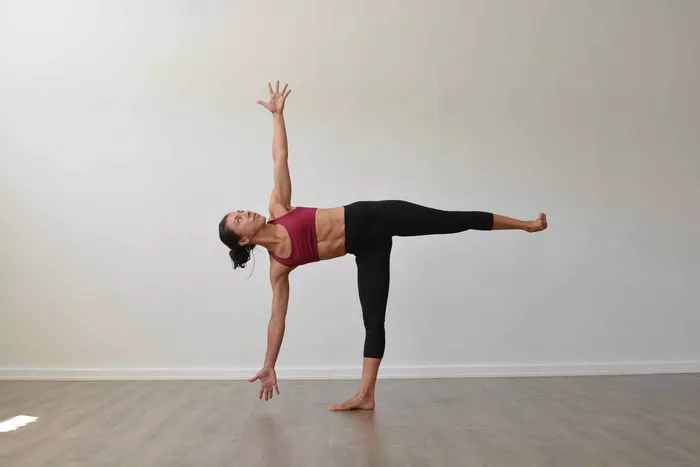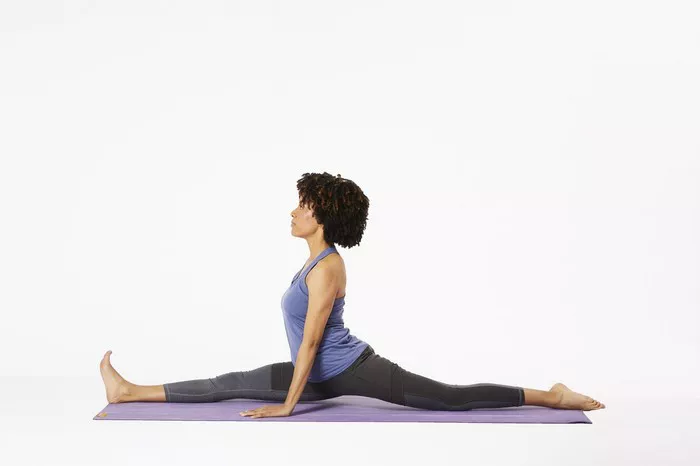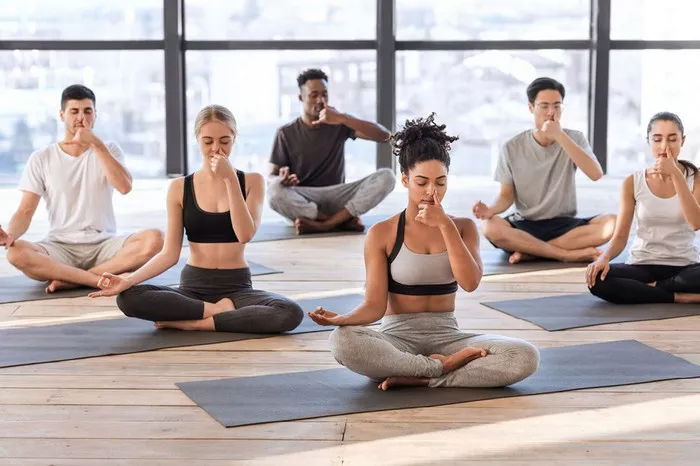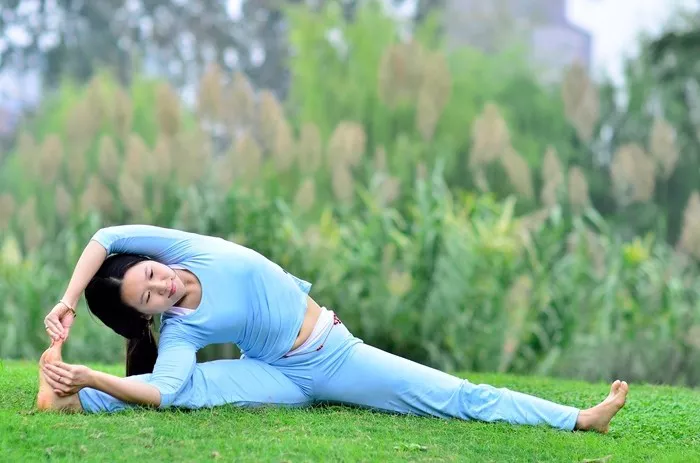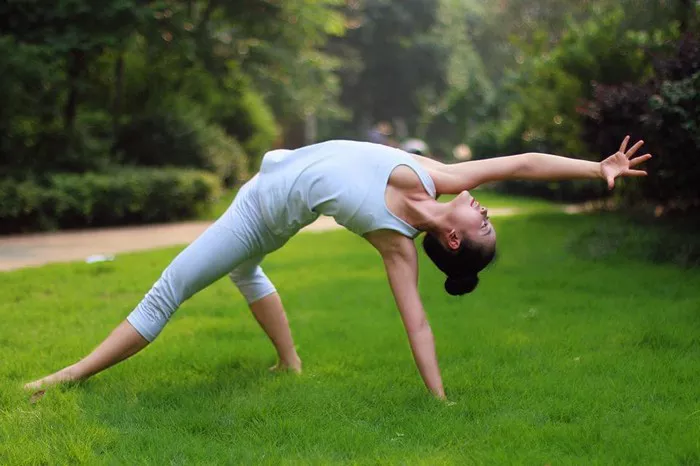Yoga and stretching are often thought of as interchangeable terms, especially by beginners. They both involve lengthening muscles and improving flexibility. However, there are significant differences between the two practices that go beyond just physical postures. While they share some similar outcomes, such as increased flexibility and reduced tension, they diverge in their philosophies, techniques, and broader health benefits.
This article aims to explore the distinctions between yoga and stretching, uncovering how each contributes to our physical and mental well-being. By the end, you will have a deeper understanding of both practices and can better decide which one suits your goals.
What Is Stretching?
Stretching refers to the act of deliberately elongating muscles to improve flexibility and range of motion. It can be done in many ways, such as static stretching (holding a position for an extended period) or dynamic stretching (moving in and out of a stretch). Stretching is usually a straightforward, physical activity that focuses primarily on the muscles and their elasticity.
The main goal of stretching is to improve the length and flexibility of muscles, reduce the risk of injury, and relieve muscle tightness. Stretching is often used as part of a warm-up before exercise or as a cool-down afterward. It can be done anywhere, with minimal equipment required, and typically lasts only a few minutes per session.
What Is Yoga?
Yoga is an ancient practice that originated in India thousands of years ago. While it does involve physical postures (asanas) that can improve flexibility, yoga is far more than just stretching. Yoga is a holistic practice that integrates physical movement, breath control (pranayama), meditation, and mindfulness.
Yoga’s ultimate goal is to promote a balanced state of health in body, mind, and spirit. It includes physical postures designed to increase strength, balance, flexibility, and endurance, as well as breathing techniques that calm the nervous system and enhance focus. Meditation and mindfulness practices are central to yoga, as they encourage a deeper awareness of the body and mind.
Key Differences Between Yoga and Stretching
While yoga and stretching can complement each other, they are not the same thing. Here are the main differences between the two:
1. Philosophy and Intent
Yoga: Yoga is a deeply spiritual and philosophical practice. It’s rooted in ancient texts, such as the Yoga Sutras of Patanjali, which outline a path to personal transformation and self-realization. Yoga aims to unite the body, mind, and spirit, helping practitioners cultivate awareness, inner peace, and mindfulness. It encourages a holistic approach to health that extends beyond physical benefits to include mental clarity, emotional stability, and spiritual growth.
Stretching: Stretching is purely physical and does not incorporate any spiritual or philosophical elements. It is primarily focused on enhancing flexibility, improving muscle function, and preventing injury. Stretching may be a component of a workout routine or a post-exercise practice, but it does not emphasize breathwork, mindfulness, or meditation.
2. Breathwork
Yoga: Breathing is a central element of yoga practice. In yoga, the breath (prana) is viewed as life force energy, and various breathing techniques (pranayama) are used to control and direct this energy throughout the body. Proper breathing is emphasized in every yoga posture, as it helps to increase the flow of oxygen to the muscles, calm the mind, and enhance physical performance. Deep, controlled breathing also aids in the release of tension, helps with relaxation, and supports mental focus.
Stretching: While proper breathing is encouraged during stretching to avoid tension and maximize the stretch, the focus on breathwork is minimal compared to yoga. Stretching usually involves natural breathing patterns, but it does not incorporate the specific breath control techniques found in yoga.
3. Mental and Emotional Focus
Yoga: Yoga encourages mindfulness, concentration, and a deeper connection to the present moment. The practice often includes meditation or moments of stillness where practitioners can cultivate awareness of their thoughts, emotions, and sensations. The mental focus in yoga is as important as the physical postures. Yoga teaches practitioners to move with intention and to listen to their bodies, promoting mental clarity and emotional balance.
Stretching: Stretching is generally more task-oriented and less focused on the mind-body connection. While stretching can offer a brief moment of relaxation and tension relief, it does not require the same level of mindfulness or emotional awareness as yoga. The mental focus is typically on the physical action of stretching, without the deeper self-awareness found in yoga.
4. Physical Postures and Asanas
Yoga: Yoga postures (asanas) are varied and dynamic. Some postures are held for longer periods of time, while others involve fluid movement from one position to another. Asanas are designed to stretch and strengthen different parts of the body, and they often engage multiple muscle groups simultaneously. Many yoga poses also incorporate balance and stability, which further challenge the body and mind. Additionally, yoga includes a wide range of modifications and variations, allowing practitioners to adapt poses to their own level of ability.
Stretching: Stretching exercises usually focus on lengthening specific muscles or muscle groups. It is more straightforward than yoga, with less emphasis on balance, coordination, and strength. Stretching typically involves holding a position for a set amount of time (static) or moving in and out of a stretch (dynamic), but there are no complex sequences or variations.
5. Length of Practice
Yoga: A typical yoga session lasts anywhere from 30 minutes to an hour and can sometimes extend longer. Yoga classes often consist of a combination of asanas, breathwork, and meditation, designed to create a well-rounded and balanced experience. Yoga encourages the practitioner to remain present in the practice for the entire duration of the class, fostering a sense of inner peace and awareness.
Stretching: Stretching sessions are usually much shorter, often lasting around 5 to 15 minutes. Stretching is frequently part of a larger workout routine, such as a warm-up or cool-down. It is not typically a standalone practice like yoga.
How Yoga Enhances Stretching
Although yoga is not the same as stretching, it can enhance the effects of stretching. Many yoga poses involve deep stretching, and the combination of breathwork and movement in yoga can help to deepen the stretch and increase flexibility.
For example, poses like Downward-Facing Dog, Forward Fold, and Pigeon Pose all involve significant stretching, but they also promote strength, balance, and mindfulness. By incorporating yoga into your routine, you not only stretch your muscles but also improve your posture, mental clarity, and overall well-being.
Yoga’s emphasis on body awareness also helps to prevent overstretching or injury, as practitioners learn to listen to their bodies and move with caution and mindfulness. Breathwork in yoga encourages the release of tension, which can help to deepen stretches safely.
Which Is Right for You: Yoga or Stretching?
The choice between yoga and stretching depends on your personal goals, preferences, and lifestyle. Here are some factors to consider:
If you are looking to improve flexibility: Both yoga and stretching can help improve flexibility. Stretching is ideal for targeting specific muscle groups and increasing their length, while yoga offers a more well-rounded approach to flexibility by incorporating strength, balance, and mental focus.
If you want a mental and emotional practice: Yoga is a great choice if you want to cultivate mindfulness, reduce stress, and improve emotional well-being. Yoga integrates breathwork and meditation, which help calm the mind and promote relaxation. Stretching, while beneficial for the body, does not provide the same emotional and mental benefits.
If you are looking for a quick fix: Stretching is a good option if you want a short, straightforward practice that helps to relieve muscle tightness or tension. If you’re short on time or prefer something quick, stretching can be done in just a few minutes, either on its own or as part of a warm-up or cool-down routine.
If you are seeking a holistic approach to health: Yoga is more suitable if you want a full-body, holistic practice that improves flexibility, strength, balance, and mental well-being. Yoga can be a lifelong practice that supports all aspects of health, both physical and mental.
See Also: Does Yoga Change Your Body?
Conclusion
In summary, while yoga and stretching both involve physical postures that can increase flexibility and reduce tension, they are fundamentally different practices. Stretching is a focused, physical activity aimed at lengthening muscles, while yoga is a holistic system that combines physical movement, breathwork, meditation, and mindfulness to improve overall health and well-being.
Whether you choose yoga, stretching, or a combination of both will depend on your specific goals. If you want to enhance your flexibility and also benefit from a practice that nurtures your mind and spirit, yoga is an excellent option. On the other hand, if you are simply looking for a way to stretch specific muscles and improve range of motion, stretching may be a more suitable choice.
Ultimately, yoga and stretching are complementary practices, and incorporating both into your routine can help you achieve a balanced and healthy body and mind.
You Might Be Interested In:




